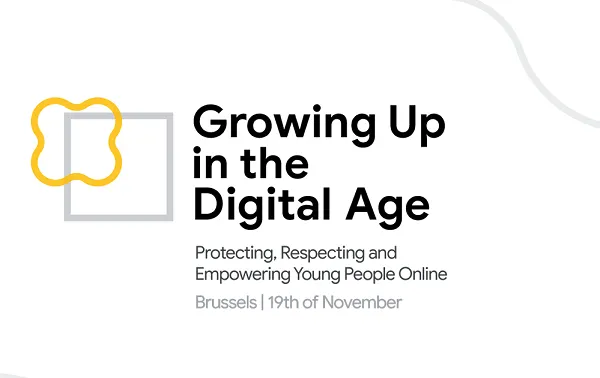TL;DR Summary of European Policymakers and Google Debate on Age Verification for Teen Social Media Access
Optimixed’s Overview: Navigating the Complex Landscape of Online Age Verification and Teen Social Media Access
Growing Momentum for Teenage Social Media Restrictions
Across the globe, governments and regulators are increasingly focused on implementing age-based restrictions to protect teens from inappropriate content and social media risks. European policymakers are actively debating the best approaches, with an emphasis on balancing safety and user privacy.
Google’s Position on Age Verification
- Risk-Based Verification: Google supports a method where the rigor of age checking matches the level of risk associated with the content or service—less intrusive for general content, more stringent for adult-related services.
- Privacy Concerns: The company highlights user reluctance to share sensitive ID information due to potential data breaches, advocating for solutions that limit unnecessary data exposure.
- Distributed Responsibility: Google argues that responsibility for age verification should lie with individual service providers rather than a centralized authority, similar to how stores, not credit card companies, verify age for alcohol purchases.
Challenges and Proposed Solutions
Various technological methods such as video selfie verification and machine learning have been proposed to verify user ages, but no consensus exists on a universal best practice. Privacy risks from invasive ID scanning remain a major obstacle.
Some experts and companies, including Meta, suggest implementing universal age verification at the app store level (e.g., Google Play and Apple App Store) to streamline the process, reduce repeated data input, and improve enforcement consistency.
Legislative Actions and Practical Implications
- Australian Law: Australia is set to enforce new teen social media restrictions requiring platforms to take “reasonable steps” to verify age, though the law leaves considerable ambiguity on acceptable methods.
- Enforcement Difficulties: Platforms like Meta acknowledge challenges in accurately determining user ages and anticipate some errors in identifying underage users.
- Potential Loopholes: Without mandated verification systems, teens may find ways to circumvent restrictions, and platforms may claim compliance by simply following broad guidelines.
Looking Ahead
As the EU prepares to vote on regional policies and other governments watch Australia’s implementation, the debate highlights the delicate balance between protecting youth online and respecting user privacy. The evolution of age verification methods will continue to shape how social media platforms manage teen access worldwide.
